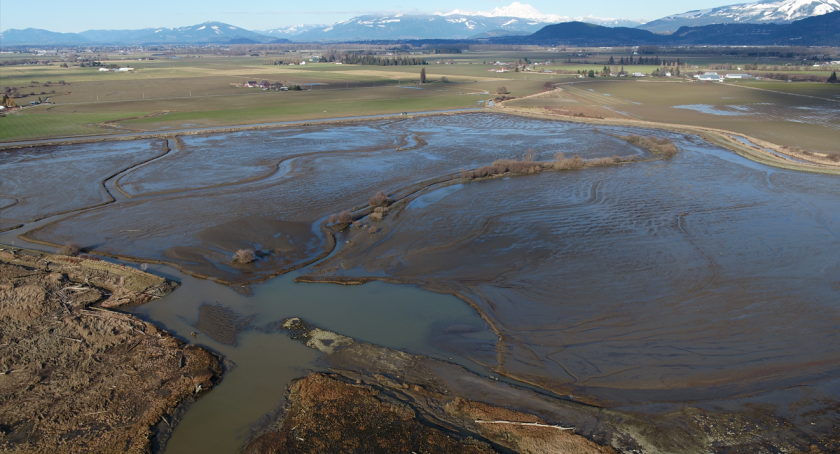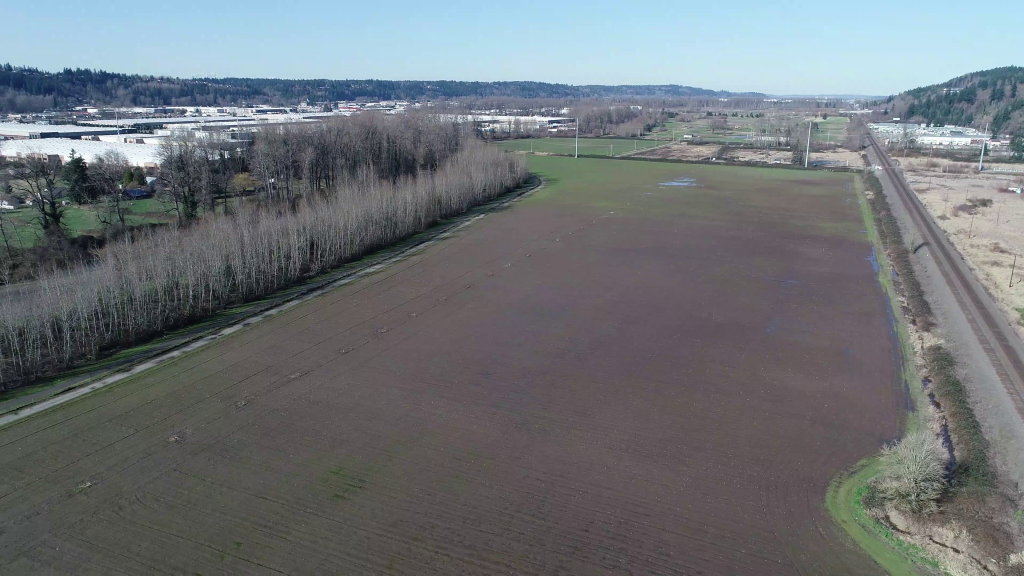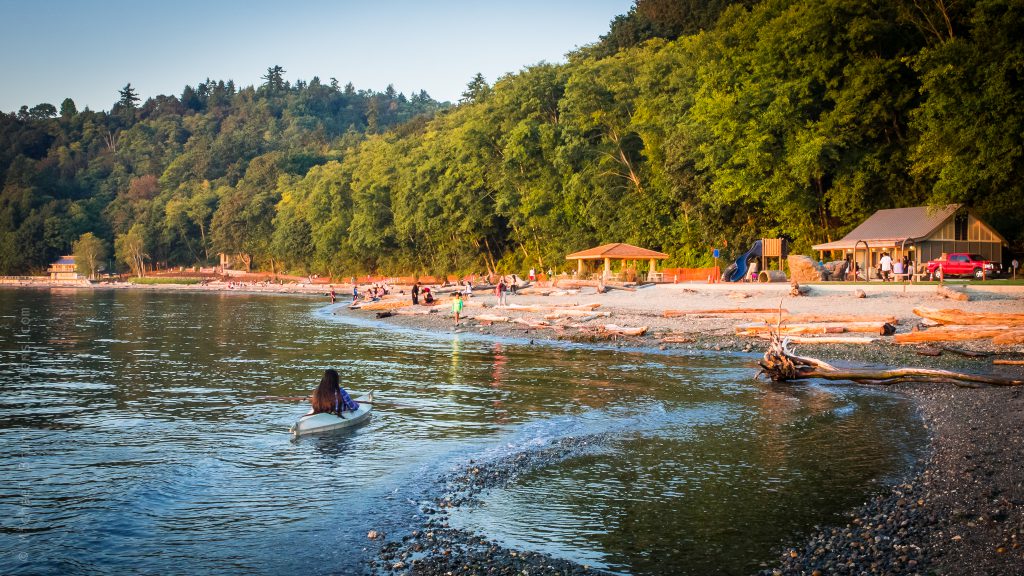The Puget Sound Acquisition and Restoration (PSAR) program was created in 2007 to help carry out the most important habitat protection and restoration projects for Puget Sound. The Washington State Legislature budgets funding every two years for PSAR.
PSAR projects restore habitat key to the survival of Puget Sound salmon populations. These projects are reviewed to make sure they benefit salmon populations and local communities. PSAR projects are endorsed by members of the public, cities, counties, tribes, nonprofit organizations, and government agencies.
“The people of the Northwest, they’ve been clear: having salmon is vitally important to them,” said Dave Herrera, member of the Skokomish Indian Tribe, policy director for the Skokomish Department of Natural Resources, and co-vice chair of the Puget Sound Salmon Recovery Council and Puget Sound Partnership Ecosystem Coordination Board. “For the tribes, we have rights to harvest those fish. Without that resource, those treaty rights would be rendered meaningless. Protecting the currently functioning habitat is important to help slow the decline of salmon down but it won’t solve the problem by itself. Besides protection, there has to be restoration.”
PSAR investments have supported the work of our partners to restore and protect over 3,300 acres of estuary habitat, more than 150 miles for fish passage, and over 14,000 acres of watershed habitat
The Fir Island Farm Estuary Restoration Project, which was funded in part by PSAR, restored 131 acres of estuary habitat to benefit salmon. The project maintains flood protection and drainage for neighbors and provides access to bird-watching and other recreational opportunities.
“In the Skagit specifically, we’ve been evaluating projects like Fir Island Farms for 20 years,” said Mike LeMoine, senior research scientist with the Skagit River System Cooperative. “What we know is if you build it, they will come. We just needed to get the fish some more space. The fish are using it right now and as it develops over time, it will only get better.”
Jenny Baker, environmental planner with the Washington State Department of Fish and Wildlife, discussed the importance of the Fir Island Farm site for salmon. “We know from monitoring that this site is used by tens of thousands of juvenile Chinook every year,” she said. “This project was a huge success for fish, and we were able to design a project that we know will work well into the future, both for the estuary and for our neighbors.”

PSAR projects support climate resilience and flood protection
The City of Sumner’s White River Restoration Project includes habitat restoration, funded in part by PSAR, that will restore 170 acres of former golf course and create side-channels and wetlands as habitat for salmon and large storage areas for floodwaters.
“The White River Restoration Project is a great example of the intersection of habitat restoration and economic growth,” said Tamsin Bell, vice president of business development for the Economic Development Board for Tacoma-Pierce County. “If this river floods, then it impacts the businesses here. It increases insurance claims and it discourages growth and expansion as well as attraction of new companies to the area. This project supports habitat restoration for salmon populations and then also helps increase the opportunity and attractiveness for businesses in this area, a win for both business and environment.”

PSAR projects are also publicly accessible and provide recreational opportunities to Washingtonians
The restoration of Seahurst Park’s shoreline, funded in part by PSAR, removed shoreline armoring—which included seawalls, lines of large rock (known as riprap), pavement, and fill—to restore the beach to a more natural state and improve habitat for salmon and forage fish. The larger renovation of the park and repair of park facilities also improved public access to Puget Sound and recreational opportunities.
Orian Grant, teen gardens and restoration coordinator at the Environmental Science Center, spoke about the restoration of Seahurst. “Some of the best outcomes have been the return of our salmon, the return of our nearshore birds, and return of people to this beach to enjoy those creatures as well. Having access to green spaces is something that historically hasn’t been granted to everyone, but in truth it should be something that is a right for each person. It’s particularly important for folks who live in urban environments. This beach creates a unique environment for just about everyone to come, explore, learn, and enjoy, and I think that’s essential for all of us to be able to enjoy the outdoors.”

PSAR is just getting started
“I’m optimistic,” Herrera said. “I have hope because I think there really are a lot of people out there that want to have the same thing. There’s overwhelming public support for recovering salmon here in the Northwest. We’ve invested a lot in recovering the habitat but it’s paying off and we’re just getting started here.”
PSAR projects support multiple benefits in addition to Puget Sound salmon, including climate resilience, flood protection, and tribal treaty rights. These projects:
- Support recovery of Puget Sound salmon, a critical food source for endangered Southern Resident orcas
- Provide local jobs and public access
- Align with the Puget Sound Salmon Recovery Plan and the Puget Sound Action Agenda
- Integrate science and the NOAA-approved Chinook salmon recovery strategy
PSAR projects make cost-effective use of public money and support local communities. As of 2022 the PSAR program has created more than 4,000 jobs, leveraged more than $123.5 million in federal and other matching funds, and generated more than $660 million in economic activity.
The Puget Sound Partnership manages the PSAR program; funds are administered through the Washington State Recreation and Conservation Office.
Learn more about PSAR here: psp.wa.gov/PSAR.php

